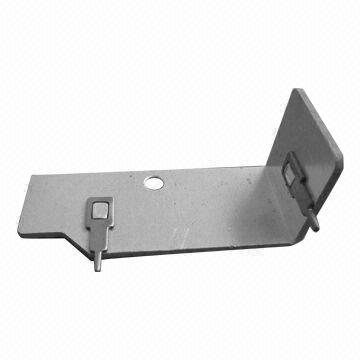Metal Stamping: A Comparative Analysis between China and Japan
Metal stamping is a widely used manufacturing process in the production of various metal components. It involves shaping metal sheets or coils into desired forms through the application of pressure using specialized tools and dies. China and Japan are two major players in the metal stamping industry, known for their advanced technologies and efficient production capabilities. In this article, we will compare the metal stamping industries in China and Japan, highlighting their strengths, challenges, and future prospects.
China, as the world’s largest manufacturer, has a significant presence in the metal stamping market. The country’s massive industrial base and skilled workforce contribute to its competitive advantage in terms of production capacity and cost-efficiency. Chinese metal stamping companies benefit from economies of scale, allowing them to offer competitive prices for their products. Moreover, China’s abundant availability of raw materials and sophisticated infrastructure support the growth of the metal stamping industry.
On the other hand, Japan is renowned for its precision engineering and high-quality products. Japanese metal stamping companies have a strong reputation for producing intricate and precise components with exceptional accuracy. Japan’s emphasis on continuous improvement and innovative technologies enables its manufacturers to develop advanced stamping techniques and enhance product quality. Furthermore, Japanese companies prioritize customer satisfaction and provide excellent after-sales support, which contributes to their longstanding partnerships with global clients.
While both countries excel in metal stamping, they face different challenges. China, despite its vast manufacturing capabilities, struggles with quality control issues and intellectual property protection. The country has been working towards addressing these concerns by implementing stricter regulations and investing in research and development. Japan, on the other hand, faces the challenge of an aging workforce, which poses a threat to its future competitiveness. To overcome this, Japanese companies are adopting automation and robotics technologies to maintain productivity levels and reduce dependence on manual labor.
Looking ahead, both China and Japan have promising prospects in the metal stamping industry. China’s steady economic growth and focus on technological advancements will likely continue to drive the sector’s expansion. The Chinese government’s initiatives to promote innovation and high-end manufacturing will further enhance the country’s competitiveness in the global market. Likewise, Japan’s commitment to precision engineering and continuous improvement will ensure its position as a leader in producing high-quality stamped metal components.
In conclusion, the metal stamping industries in China and Japan showcase their respective strengths and face unique challenges. China’s manufacturing prowess and cost-efficiency complemented by Japan’s precision engineering and quality-driven approach create a dynamic and competitive landscape. As both countries strive for innovation and tackle existing obstacles, the metal stamping industry is set to witness further growth and technological advancements in the years to come.
Sawmill Bits And Shanks For Sale

